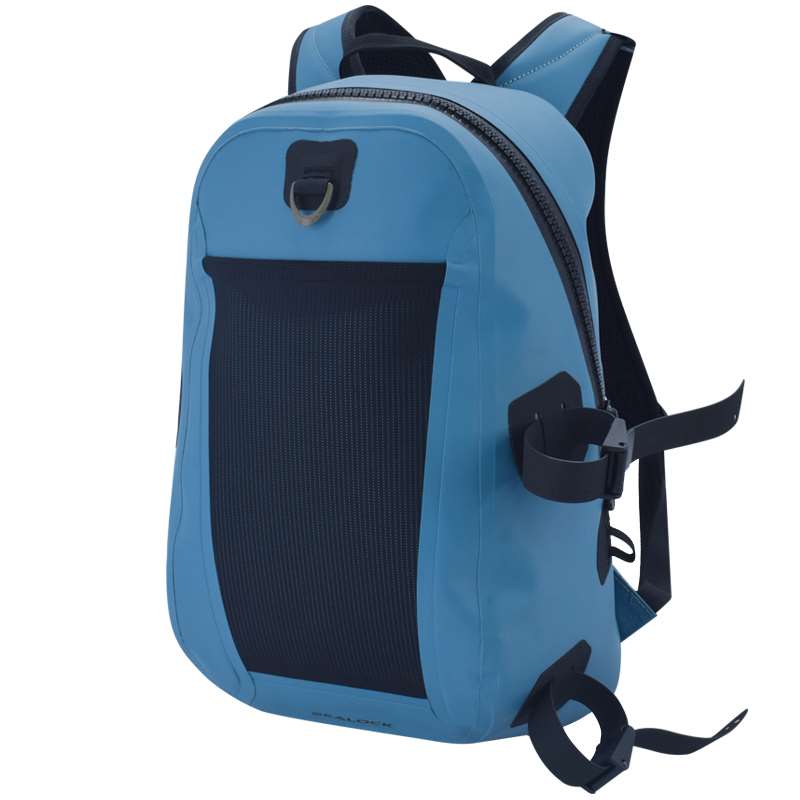Considerations when choosing a fly fishing bag
2023-11-03
A fly fishing bag is an essential piece of equipment for fly anglers to carry and organize their gear while out on the water. These bags come in various styles and sizes to accommodate different fishing needs. Here are some key features and considerations when choosing a fly fishing bag:
1. Size and Capacity: Fly fishing bags come in a range of sizes, from compact hip packs to larger backpacks or chest packs. The size you choose should align with the amount of gear and equipment you plan to carry.
2. Design: Fly fishing bags are designed for functionality and convenience. Look for a bag with multiple pockets, compartments, and attachment points to organize your fishing essentials, such as fly boxes, leaders, tippets, and tools.
3. Waterproof or Water-Resistant: Given the wet nature of fly fishing, many bags are designed to be water-resistant or even waterproof to protect your gear from moisture. A bag with a waterproof bottom can be particularly useful.
4. Comfort: Consider the comfort of carrying the bag for extended periods. Look for features like padded shoulder straps and breathable back panels for improved comfort while fishing.
5. Material and Durability: Choose a bag made from durable materials that can withstand the rigors of the outdoors, including abrasion and exposure to water and UV rays.
6. Attachment Points: Attachment points, loops, and D-rings are handy for securing additional equipment, such as nets, tools, or even a rod tube.
7. Fly Patch or Fly Drying Panel: Some fly fishing bags come with a built-in fly patch or fly drying panel, making it convenient to switch and dry out flies without the need for a separate patch.
8. Organization: Look for a bag with specific pockets or compartments designed for easy access to frequently used items, such as forceps, nippers, or tippet spools.
9. Zippers and Closures: High-quality zippers and closures help keep your gear secure and protect against water intrusion. YKK zippers are known for their reliability.
10. Strap Adjustability: Adjustable straps and belts help ensure a secure fit and comfortable wear, especially if you plan to wade in the water.
11. Brand and Quality: Choose a reputable brand known for producing high-quality fly fishing bags. Reading user reviews and considering warranties can help you assess the bag's performance and durability.
12. Style: Fly fishing bags come in various styles, including hip packs, chest packs, sling packs, and backpacks. Choose a style that suits your fishing style and preferences.
13. Price: Fly fishing bags vary in price, so set a budget and look for a bag that offers the features and quality you need within that budget.
A well-chosen fly fishing bag is an indispensable accessory for anglers, as it helps keep essential gear organized, easily accessible, and protected from water and environmental factors. Consider your fishing style, the type of water you'll be fishing in, and the amount of gear you'll need to carry when selecting the right fly fishing bag for your needs.



